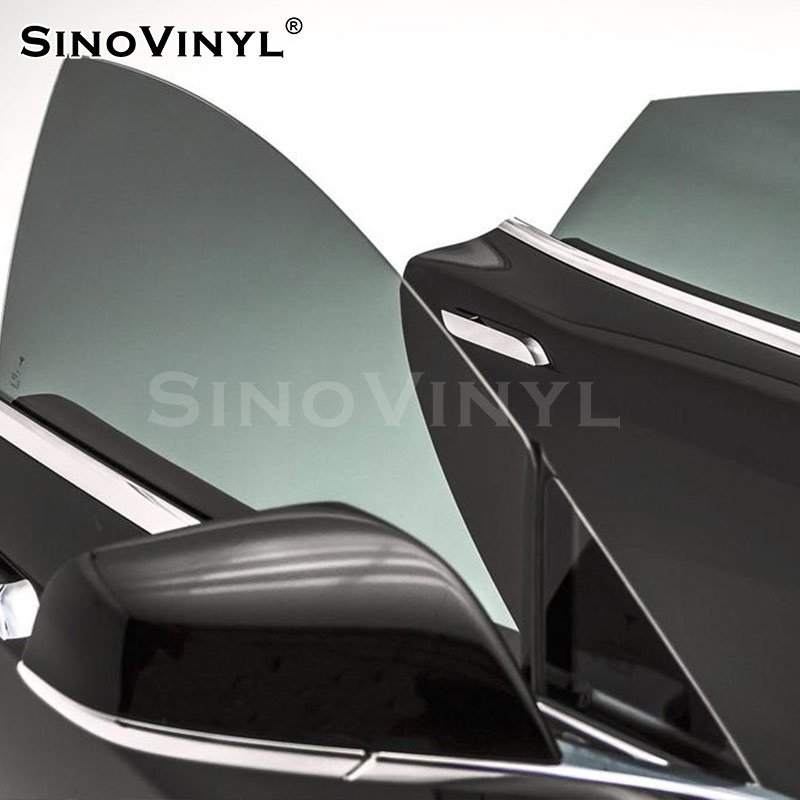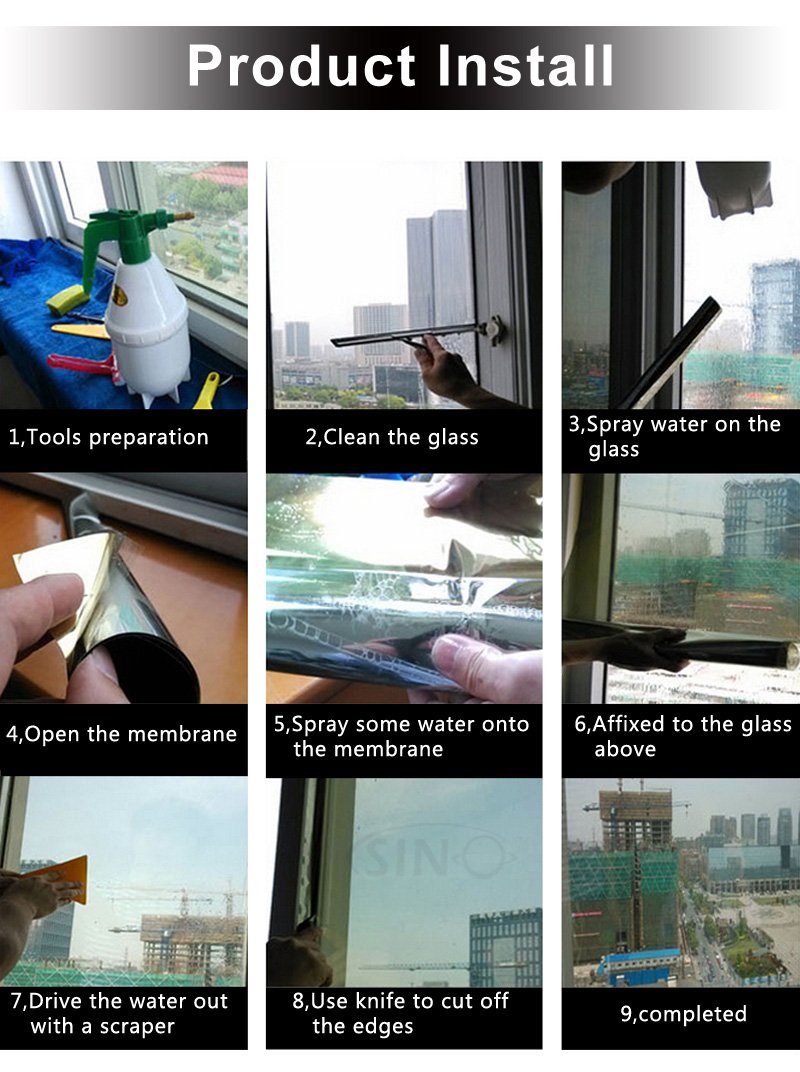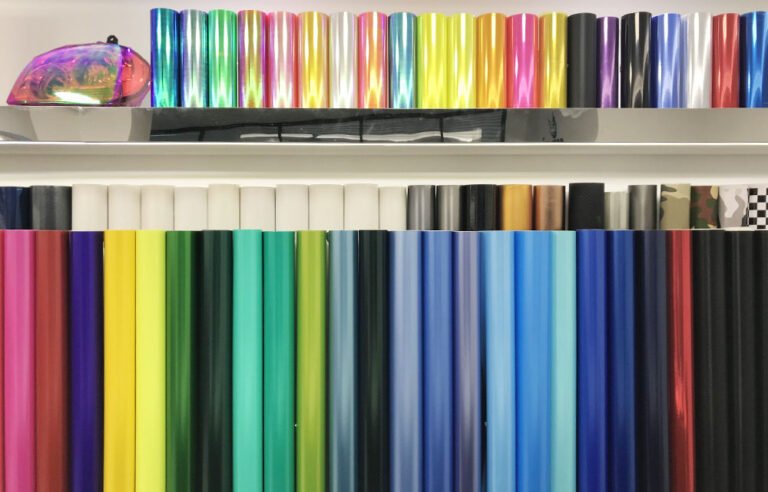Benefits of Window Film for Sliding Glass Doors
Window film offers numerous benefits when applied to sliding glass doors. Here are some of the key advantages:
- UV Protection: Window film for sliding glass doors can block a significant amount of harmful ultraviolet (UV) rays from entering your home. This helps protect your furniture, flooring, and other interior items from fading or discoloration caused by prolonged sun exposure.
- Energy Efficiency: By reducing the amount of solar heat gain, window film helps improve the energy efficiency of your sliding glass doors. It acts as a barrier, preventing heat transfer from outside during hot summers and retaining warmth inside during colder months. This can lead to reduced heating and cooling costs.
- Glare Reduction: Window film can minimize glare caused by direct sunlight, making your living space more comfortable and visually appealing. This is particularly beneficial if your sliding glass doors are located in areas prone to intense sunlight.
- Privacy Enhancement: Certain types of window film, such as frosted or decorative films, can enhance privacy by obscuring the view into your home while still allowing natural light to filter through. This is especially useful for sliding glass doors in areas where privacy is desired, such as bathrooms or bedrooms.
- Safety and Security: Thicker security window films are available for sliding glass doors, which can strengthen the glass and make it more resistant to breakage. In the event of an accident or attempted break-in, the film helps hold the shattered glass together, reducing the risk of injury from glass fragments.
It’s important to note that the specific benefits may vary depending on the type and quality of window film chosen.


How to Choose the Right Window Film for Sliding Glass Doors
Choosing the right window film for sliding glass doors involves considering several factors. Here’s a step-by-step guide to help you make an informed decision:
- Identify your goals: Determine the primary purpose of applying window film to your sliding glass doors. Are you seeking increased privacy, heat reduction, UV protection, energy efficiency, or a combination of these?
- Assess your needs: Evaluate the specific requirements of your sliding glass doors. Consider factors such as the orientation of the doors (east-facing, west-facing, etc.), the amount of sunlight they receive, and any existing issues like glare, heat buildup, or privacy concerns.
- Understand window film types: Familiarize yourself with the different types of window films available for sliding glass doors. Common options include solar control films, privacy films, decorative films, safety and security films, and energy-efficient films. Each type offers unique features and benefits.
- Research product specifications: Look for window films that meet your desired objectives. Pay attention to specifications such as visible light transmission (VLT), solar heat gain coefficient (SHGC), UV protection rating, insulation properties, and privacy levels.
- Consider aesthetics: If visual appeal is important to you, explore various designs, patterns, and textures available in window films. Some films mimic the appearance of frosted glass or decorative patterns, allowing you to enhance the overall style of your sliding glass doors.
By following these steps, you can make an informed decision and choose the right window film that meets your specific needs and enhances the functionality and style of your sliding glass doors.


Step-by-Step Installation Guide for Window Film on Sliding Glass Doors
Materials you’ll need:
- Window film (cut to the size of your sliding glass door)
- Spray bottle filled with a mixture of water and a few drops of dish soap
- Squeegee or a credit card
- Utility knife or scissors
- Lint-free cloth or microfiber towel
Step 1: Clean the glass surface Start by thoroughly cleaning the surface of your sliding glass door. Use a glass cleaner or a mixture of water and vinegar to remove any dirt, dust, or debris. Ensure that the glass is completely dry before proceeding.
Step 2: Prepare the film Unroll the window film on a clean, flat surface with the protective backing facing up. Measure and cut the film to the exact size of your sliding glass door, leaving a small overlap on all sides.
Step 3: Wet the glass Spray a generous amount of the water and dish soap mixture onto the glass surface. This will create a lubricated surface that allows for easy positioning and adjustment of the film.
Step 4: Apply the film Carefully peel off the protective backing from the window film, exposing the adhesive side. Hold the film by the edges and align it with the top edge of the glass. Slowly lower the film onto the wet glass, allowing it to stick to the surface.
Step 5: Smooth out the film Using a squeegee or a credit card, starting from the center of the film, gently smooth out any air bubbles or wrinkles. Work your way from the center towards the edges, ensuring that the film adheres firmly to the glass.
Step 6: Trim the excess film Once the film is securely attached, use a utility knife or scissors to carefully trim off the excess film around the edges of the glass. Take your time and make precise cuts for a clean finish.
Step 7: Final touches After trimming, use the squeegee or a cloth to press along the edges of the film, ensuring a tight bond with the glass. Wipe off any excess moisture or soap residue from the glass and film.
Step 8: Allow the film to cure Leave the film undisturbed for the recommended curing time mentioned by the manufacturer. This will allow the adhesive to fully bond with the glass surface.
Congratulations! You have successfully installed window film on your sliding glass door. Enjoy the enhanced style, privacy, and functionality it brings to your space.
(Click the picture to get the porduct)
Final Words
In conclusion, window film for sliding glass doors is a remarkable solution that unlocks both style and functionality in your living space. By harnessing the power of window film, you can transform the look of your sliding glass doors while reaping numerous benefits. From enhancing privacy and increasing energy efficiency to adding decorative patterns and providing UV protection, window film offers a versatile and cost-effective solution. With the step-by-step installation guide and a variety of film options available, you can easily elevate the aesthetics and functionality of your sliding glass doors. Embrace the potential of window film and unlock a new level of style and practicality in your home or office.










